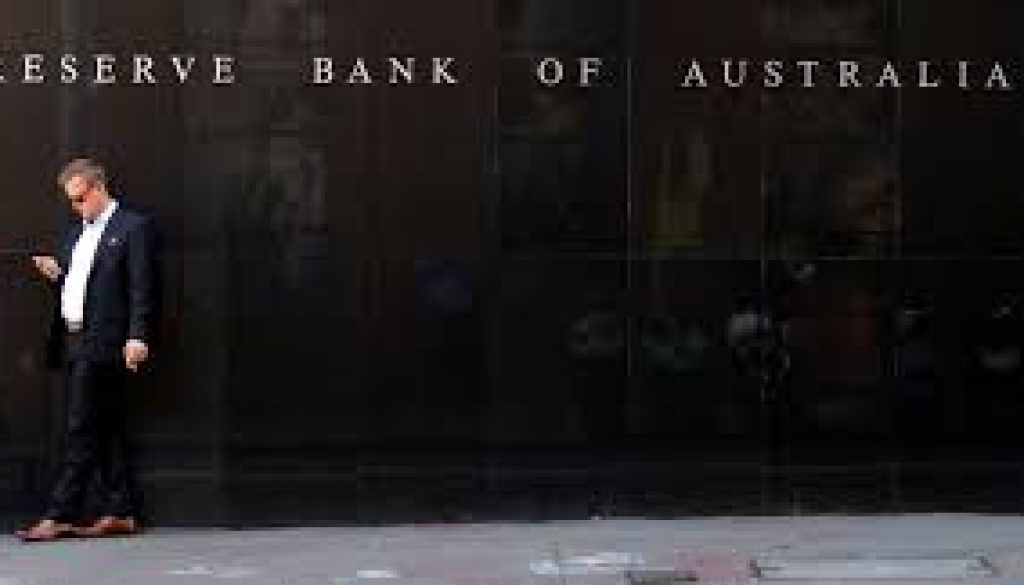Australia’s central bank faces crunch time in resistance to rate cuts
(Reuters)-21/08/2024
Australia’s central bank is set to come under intense pressure to ease policy in coming weeks as government giveaways to alleviate the cost of living pull consumer prices sharply lower, even as core inflation stays stubbornly sticky.
Data for July next week will likely show headline inflation diving back into the Reserve Bank of Australia’s (RBA) 2-3% target band for the first time since 2021, stoking public and political calls for rate relief on punishing mortgage payments.
With easing expected in the United States, the European Union and Canada in the days before the RBA’s next meeting on Sept. 24, that would leave it almost alone among developed central banks in not lowering rates.
Desperate to head off the tumult, policymakers have run an extensive jawboning campaign explicitly stating the board was unlikely to cut rates in the near term given upside risks to inflation.
This sort of conditional forward guidance was thought to be taboo at the bank given it was something similar that cost the job of the previous RBA chief, Philip Lowe, who in 2021 told borrowers rates were unlikely to rise until 2024.
“It is hard to recall a period of such a plethora of RBA communication over such a short period of time,” said Gareth Aird, head of Australian economics at Commonwealth Bank of Australia (CBA).
“If the economic data over the near term evolves in line with the RBA’s latest forecasts the cash rate will be left on hold until Q1 2025,” he added. “But we continue to side with market pricing and think it more likely than not we will see a rate cut by the end of the year.”
Despite the RBA’s protestations on not cutting, markets imply a 42% chance it will trim the 4.35% cash rate by a quarter point in September. That probability rises to 84% for the RBA’s November meeting, which will come close on the heels of inflation data for the third quarter.
CPI COULD CHALLENGE RBA MESSAGING
CBA’s Aird forecasts third-quarter core inflation, or the trimmed mean, will slow to 3.3%, from 3.9% in the second quarter, while unemployment will have risen from the current 4.2% and make the case for a cut.
The bigger challenge for RBA messaging is that the headline consumer price index (CPI) is certain to drop even more sharply, and is likely already back within the central bank’s 2-3% target band.
This is largely the creation of the Labor government, which is providing A$3.5 billion ($2.36 billion) of rebates on electricity bills to all households and grants to some renters.
Andrew Boak, an economist at Goldman Sachs, estimates this will cause the CPI to fall by a steep 0.7% in July alone and pull annual inflation down by a full percentage point to 2.7%.
The July CPI data is due on Aug. 28 and is certain to generate media headlines calling for immediate relief for borrowers in a country where most mortgages are variable and rise or fall with every rate change.
RBA Governor Michele Bullock has argued the public will understand that core inflation is what matters and the bank is setting policy “for the long game.”
Yet the RBA’s 425 basis points of tightening since mid-2022 has added A$1,000 or more to average monthly mortgage repayments and caused widespread financial stress. Surveys show consumer sentiment at lows usually only seen during recessions.
Voters have let their lawmakers know it, and Bullock drew sharp questions in a parliamentary appearance this month.
The global tide is also working against the RBA’s reticence on easing. Neighbouring New Zealand lowered rates last week. The Federal Reserve and Bank of Canada are thought to be certain to cut on Sept. 18, and the European Central Bank the following day. Rates in the latter two will also be below Australia’s.
All of which should make the RBA’s board meeting on Sept. 24 a charged affair.
($1 = 1.4826 Australian dollars)




